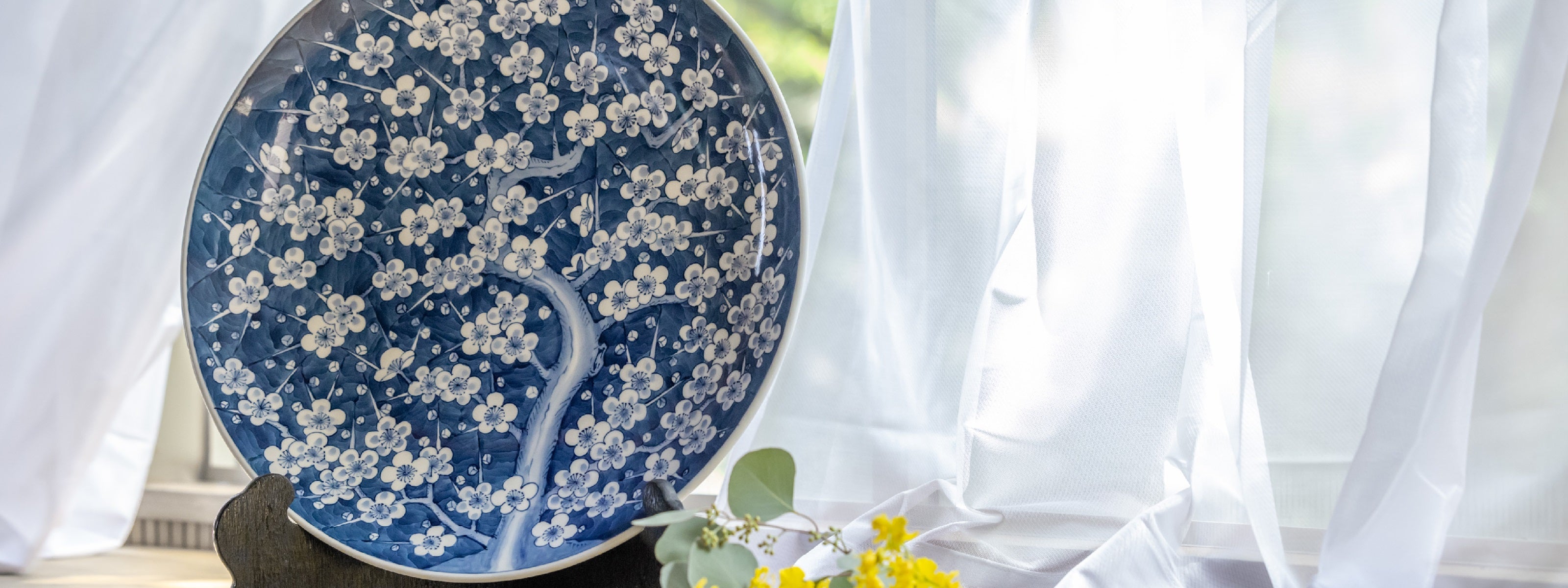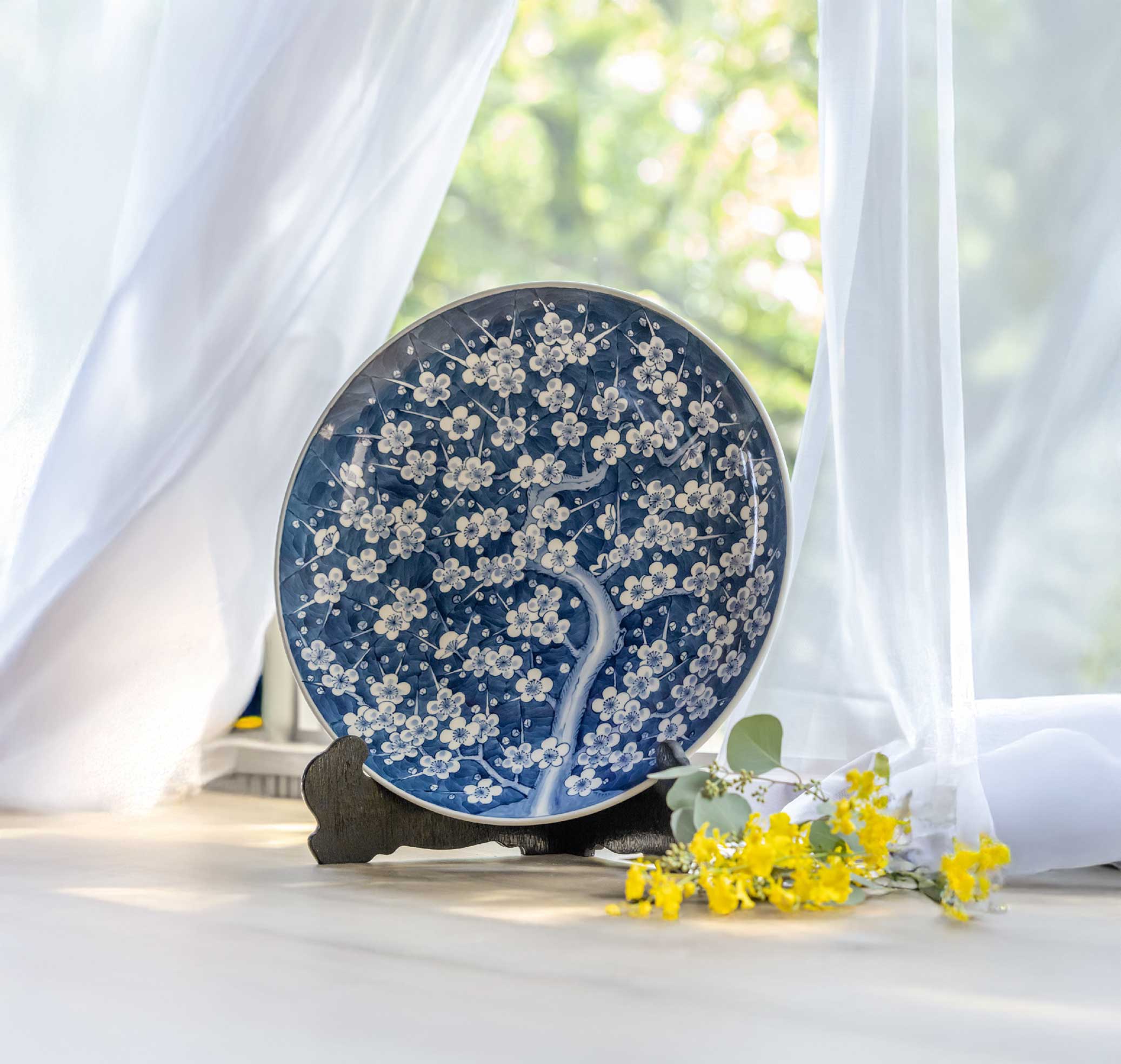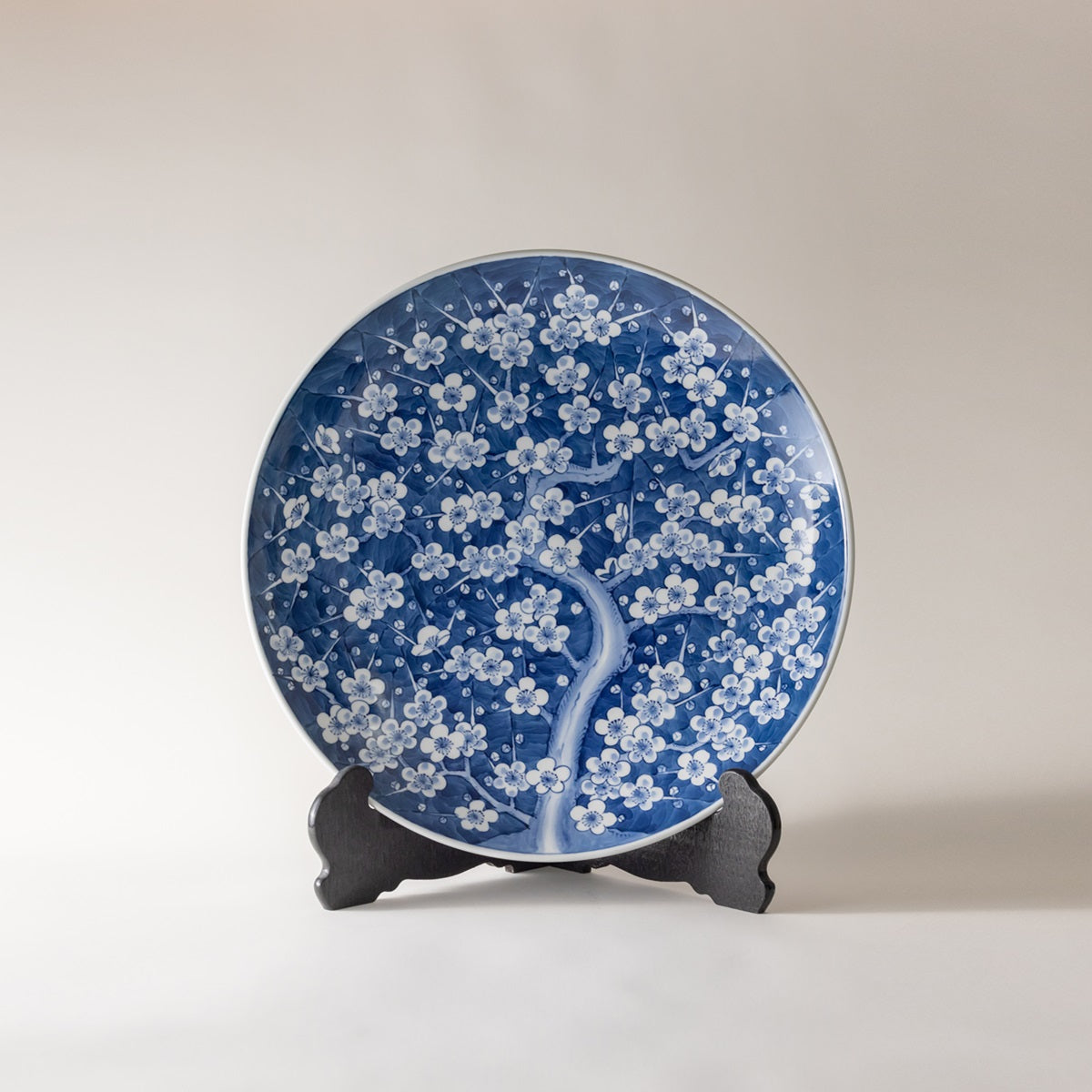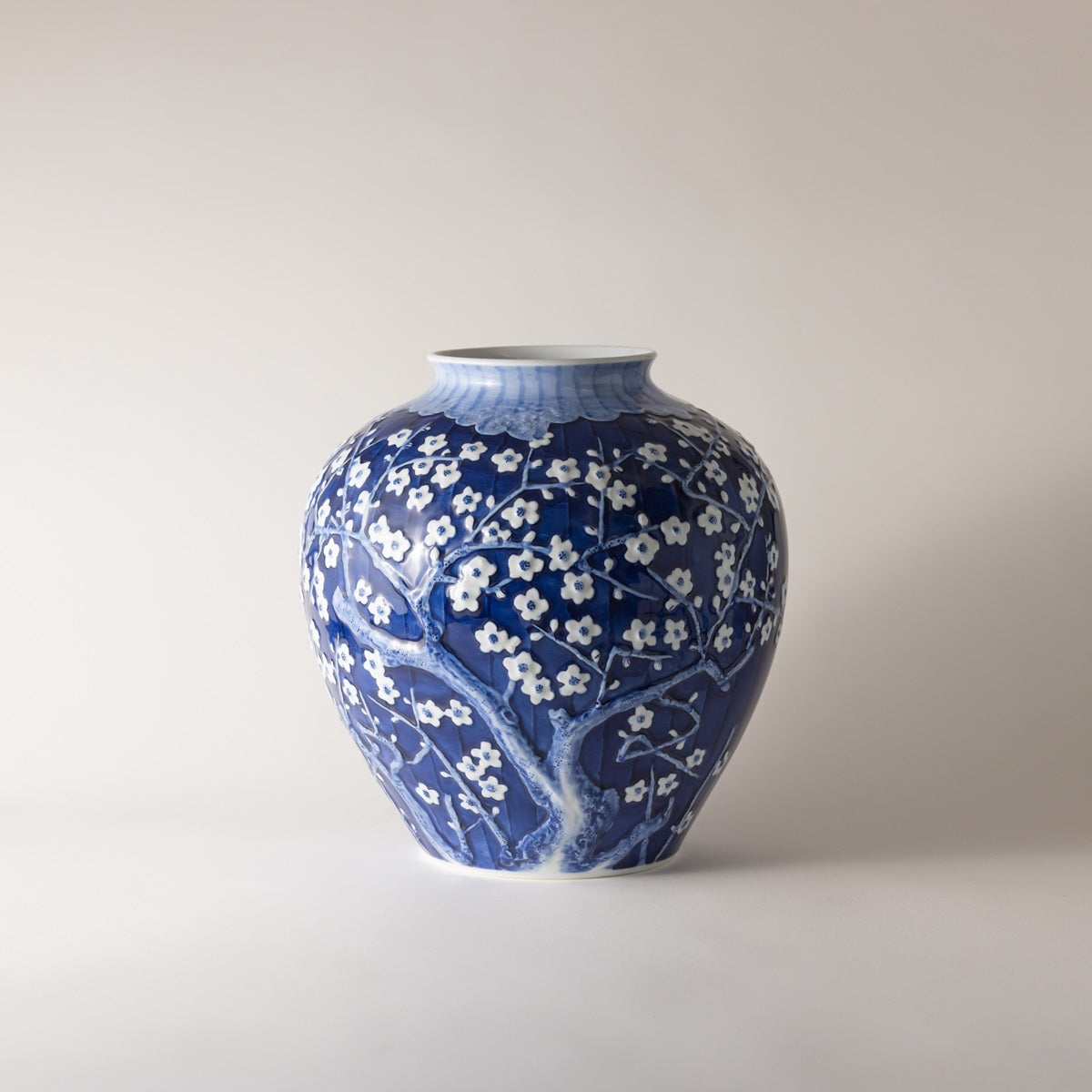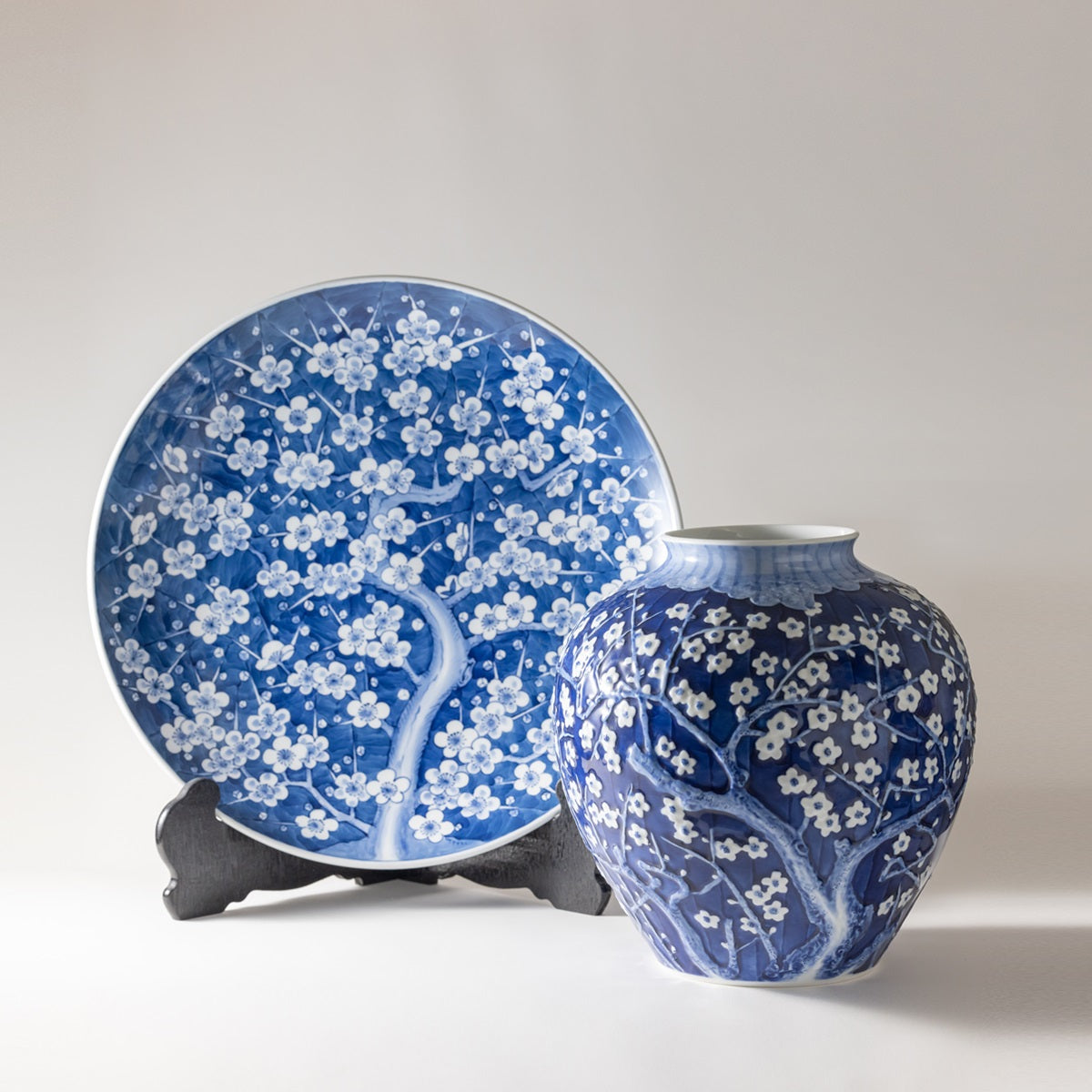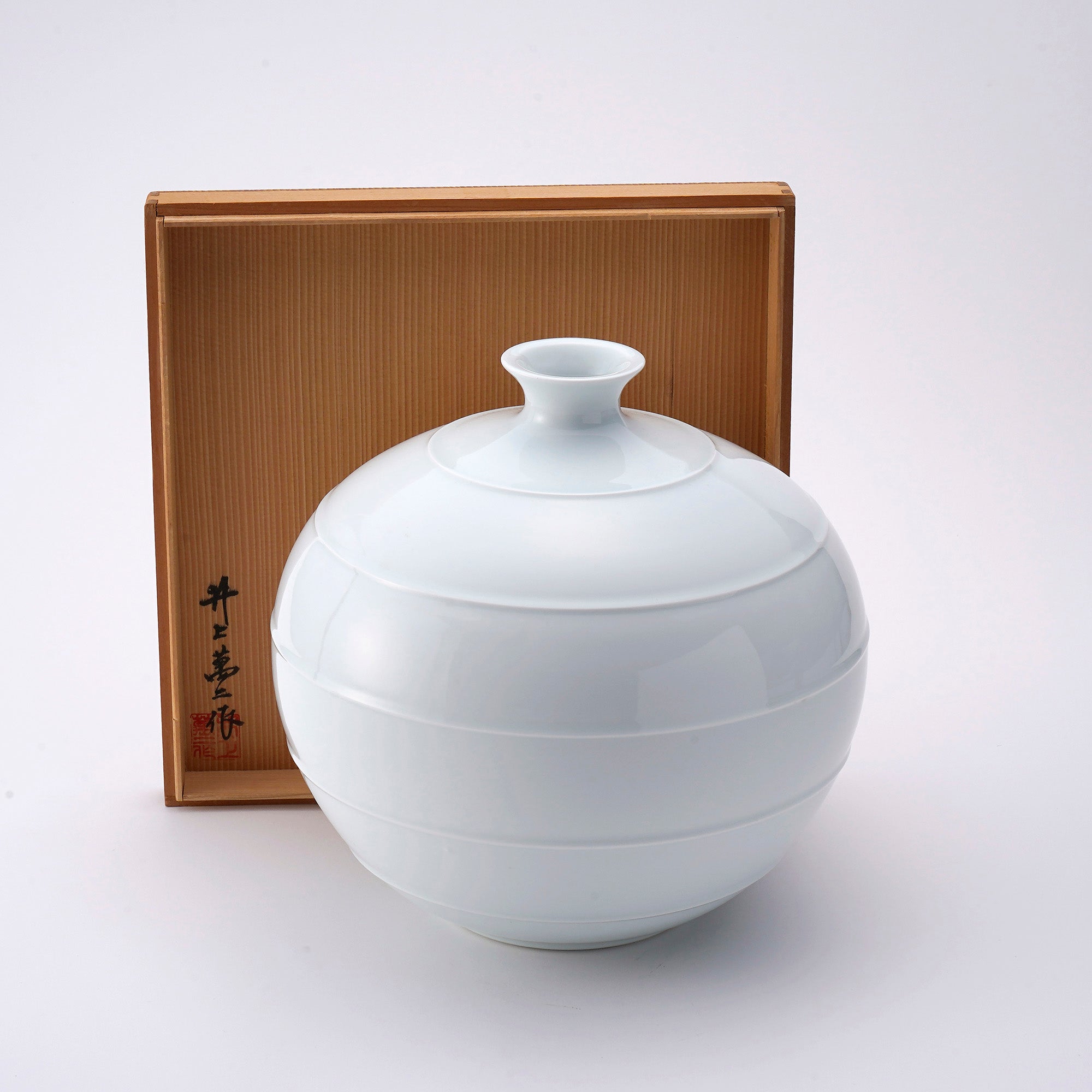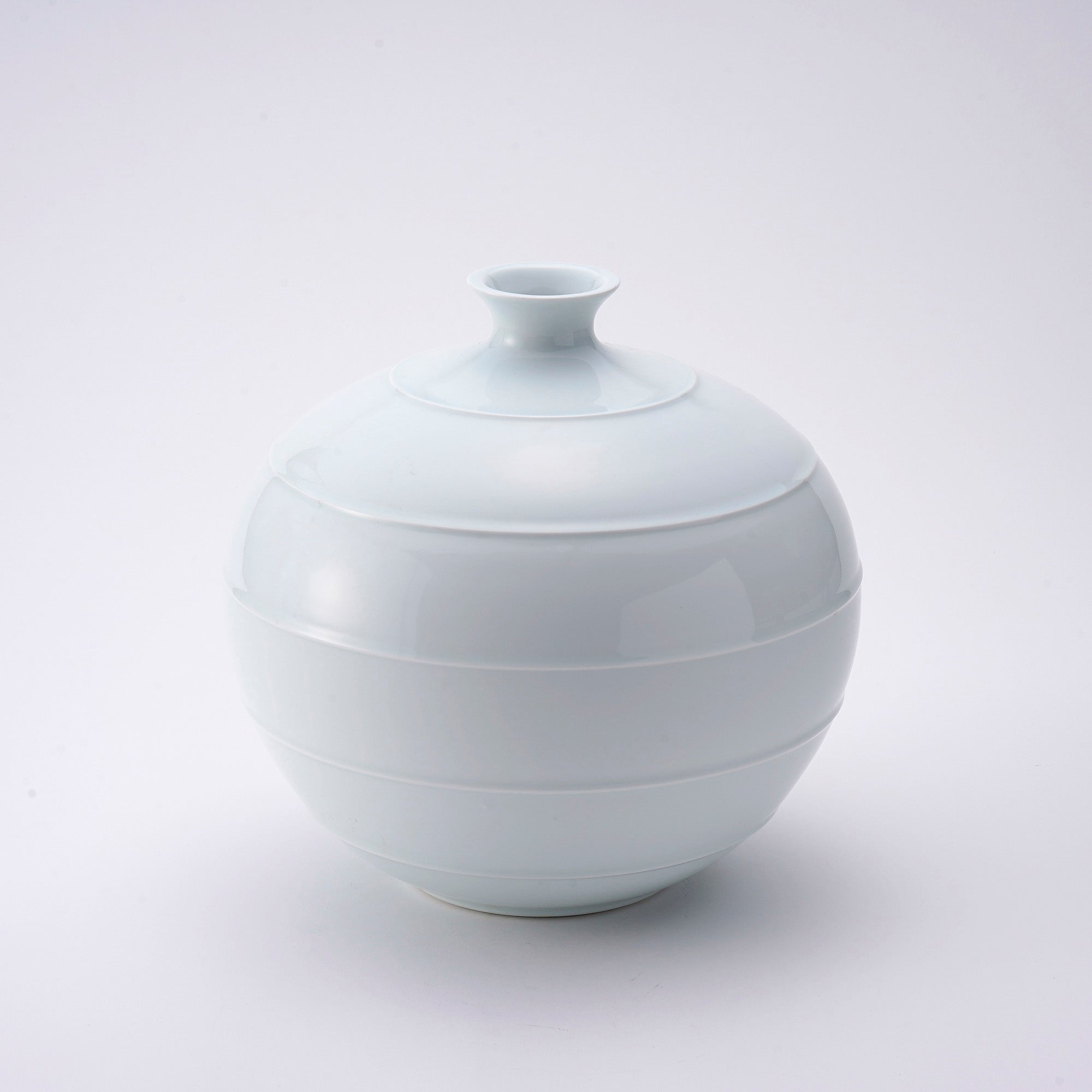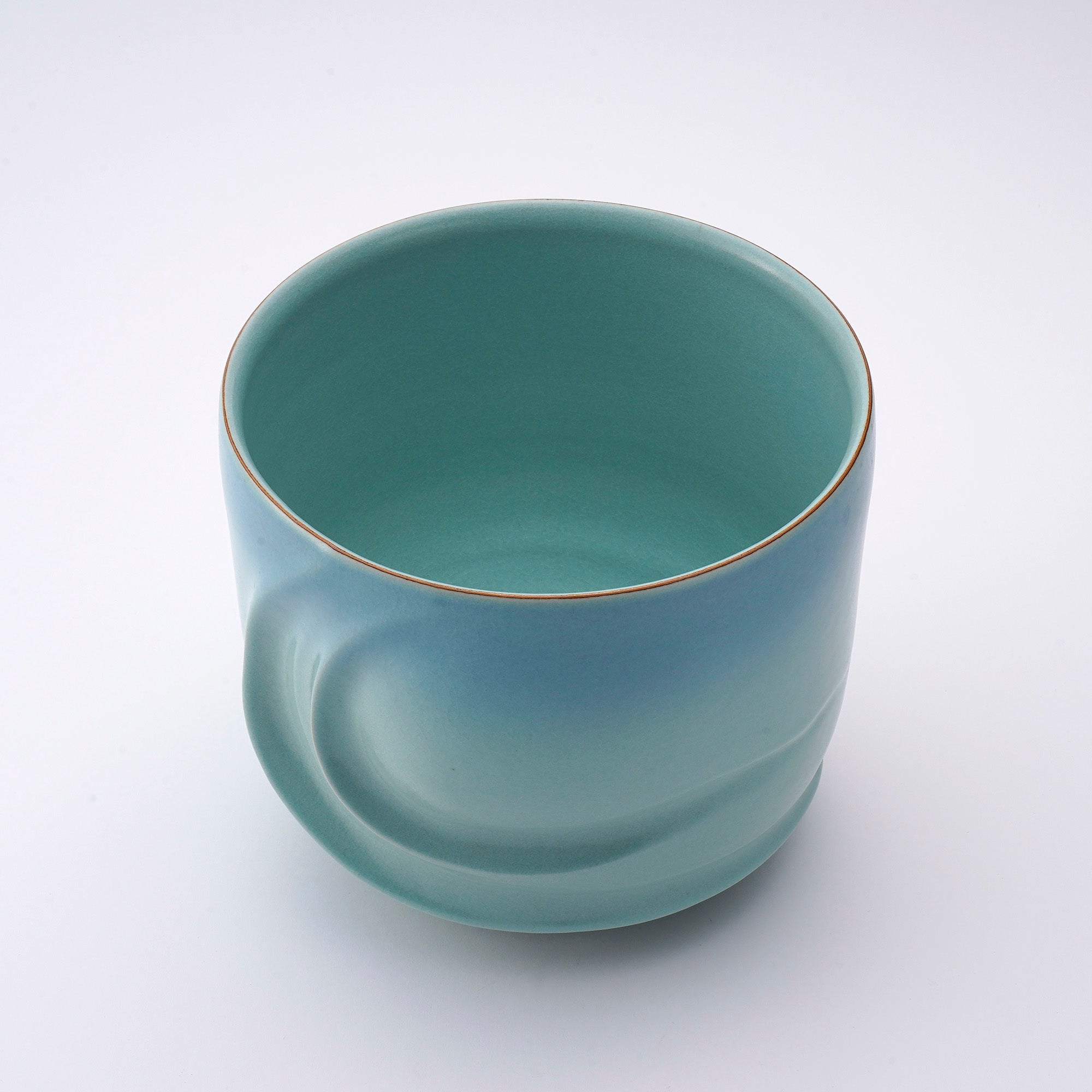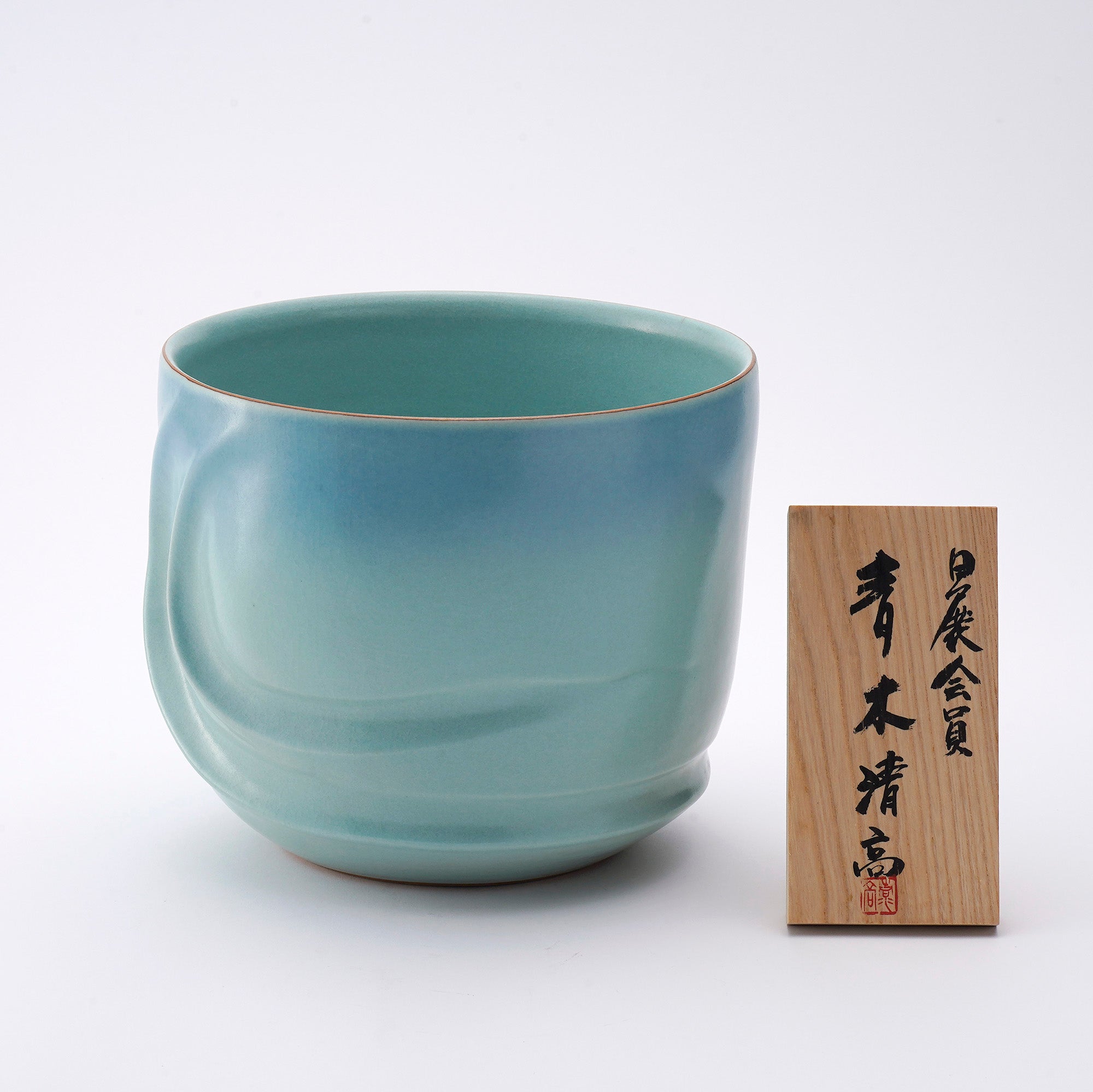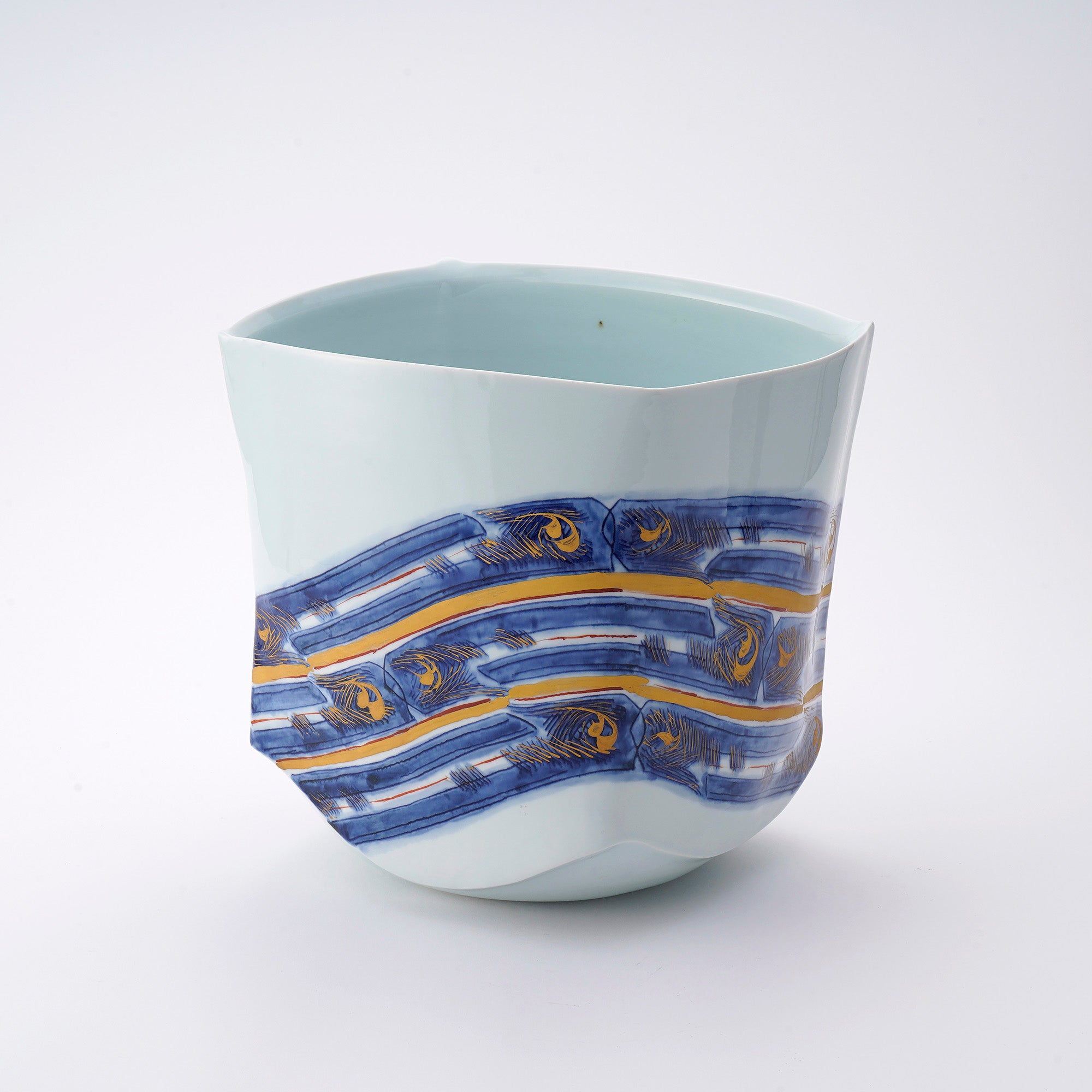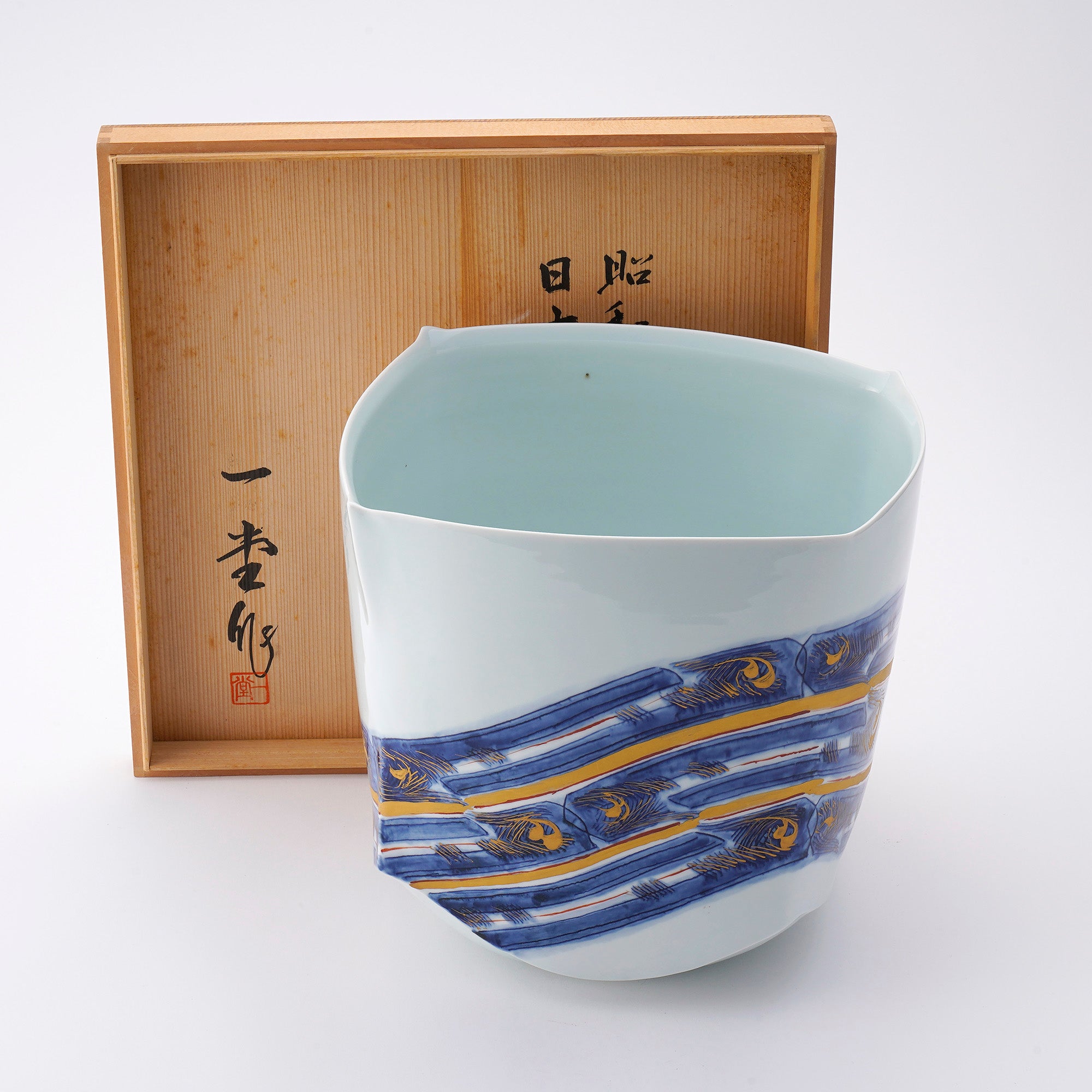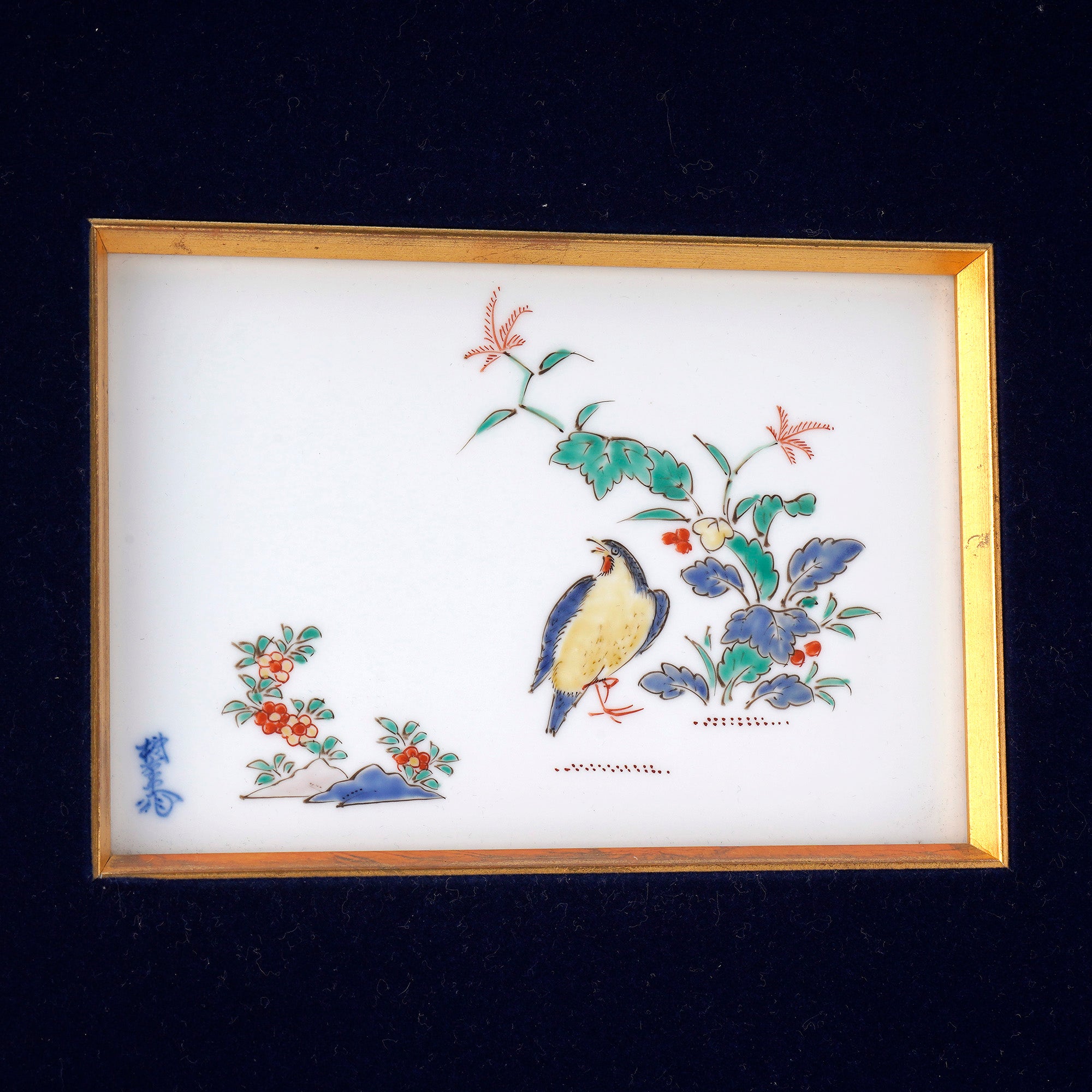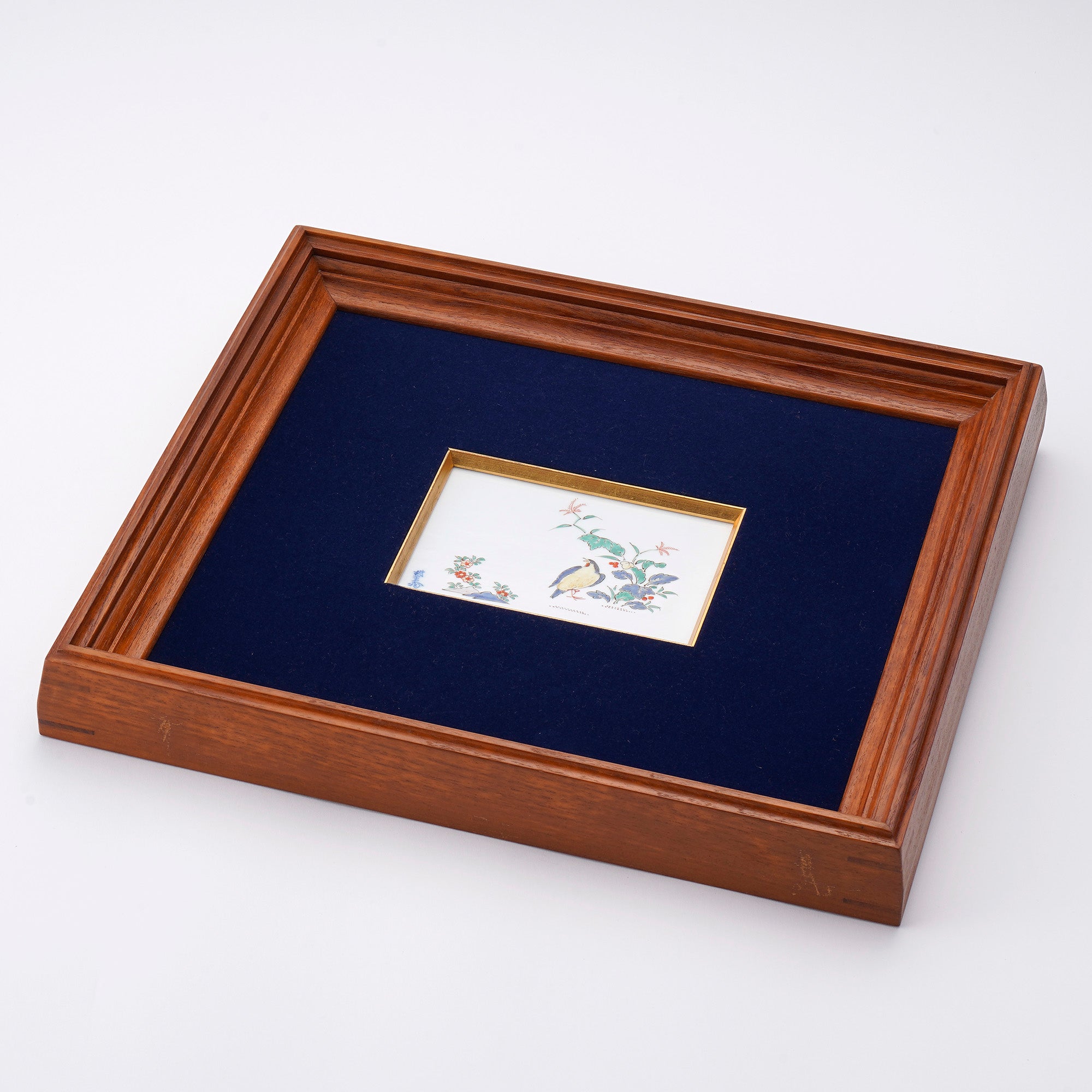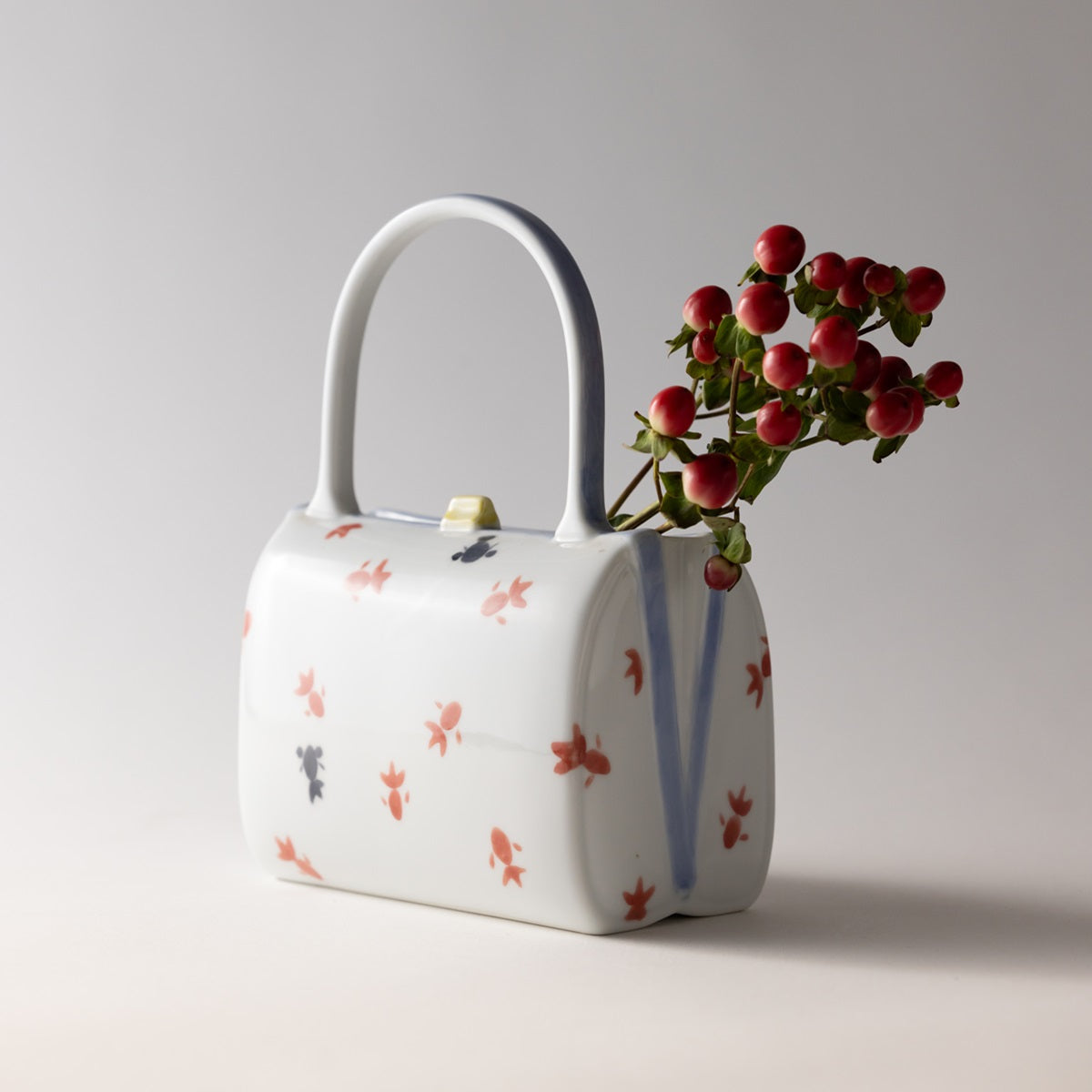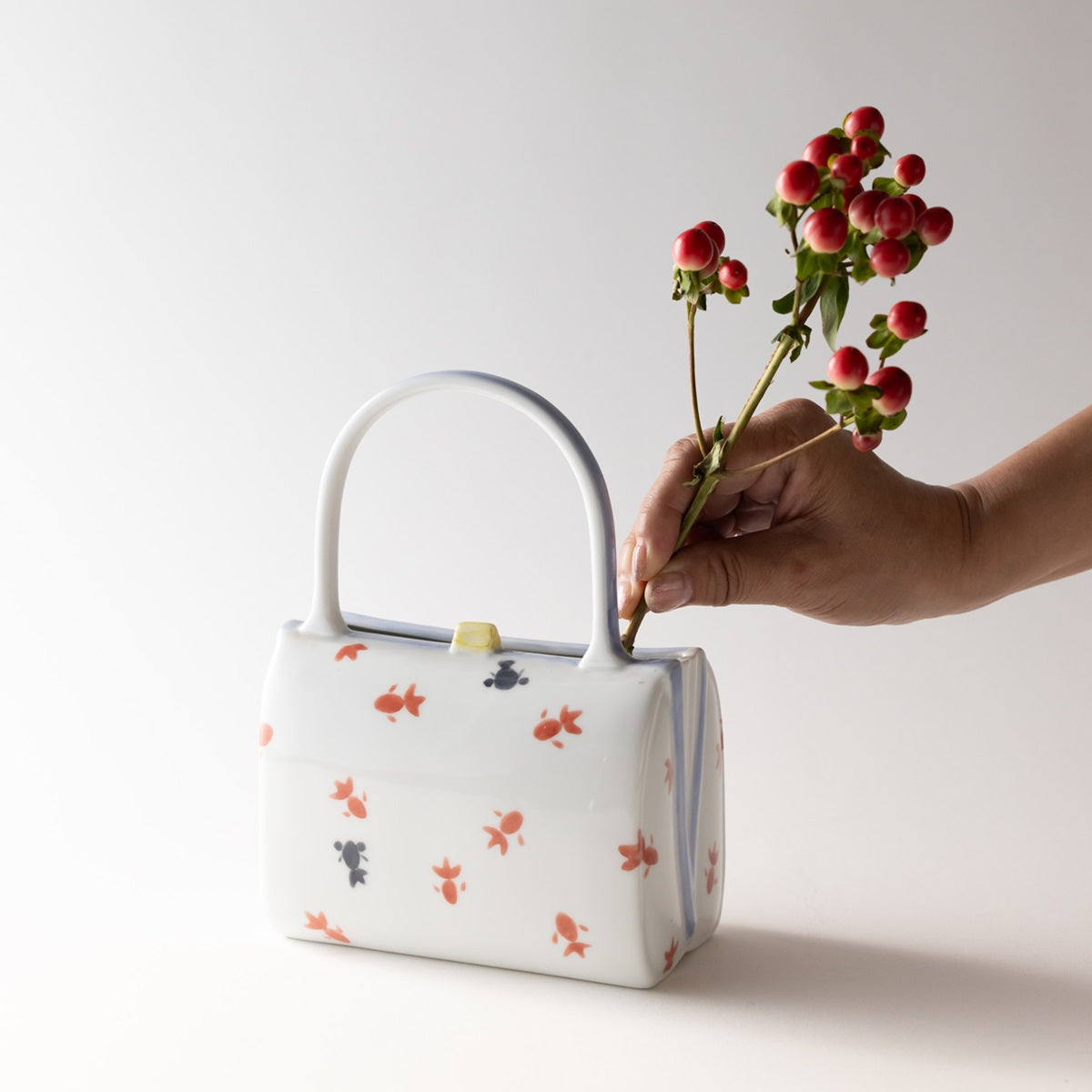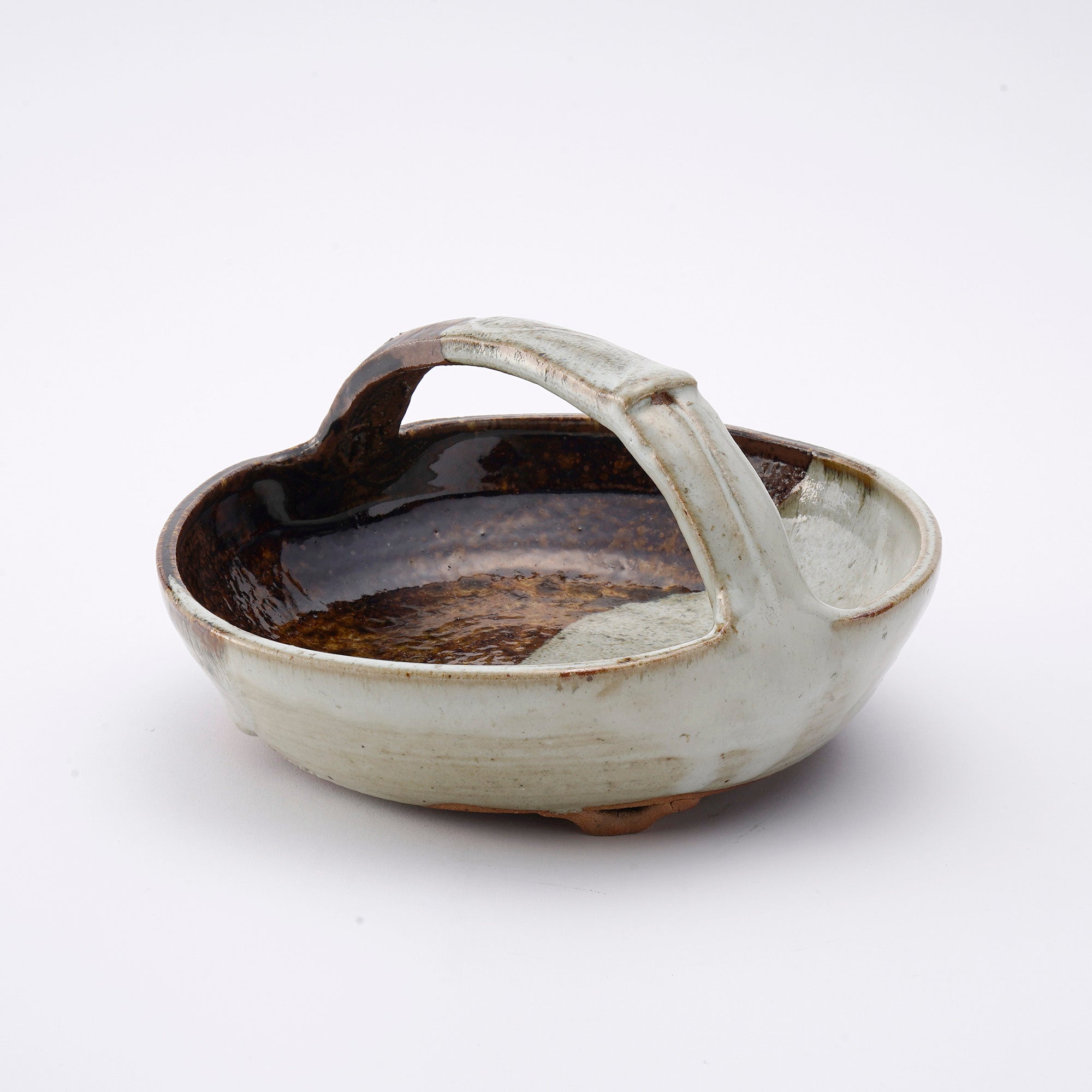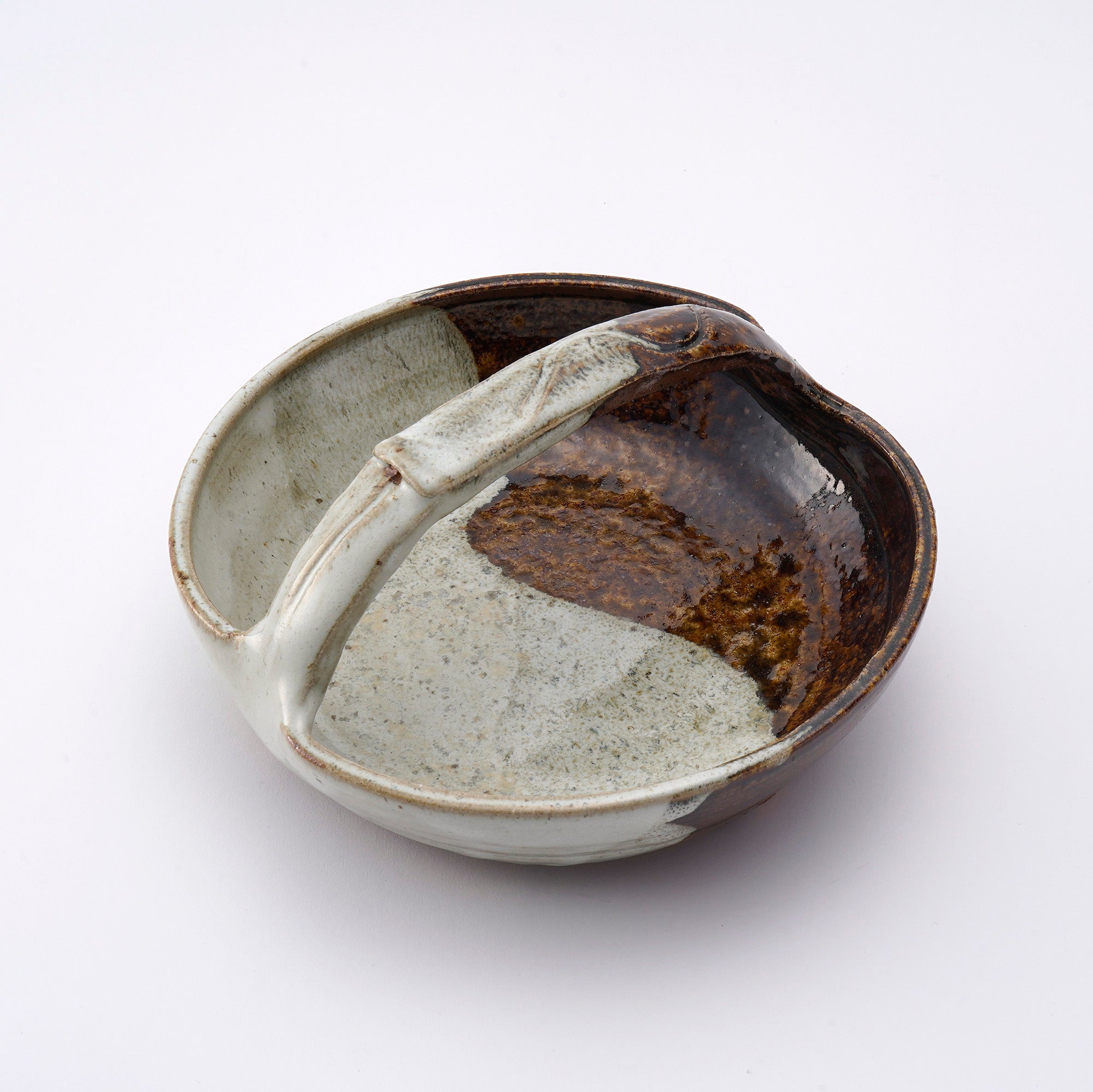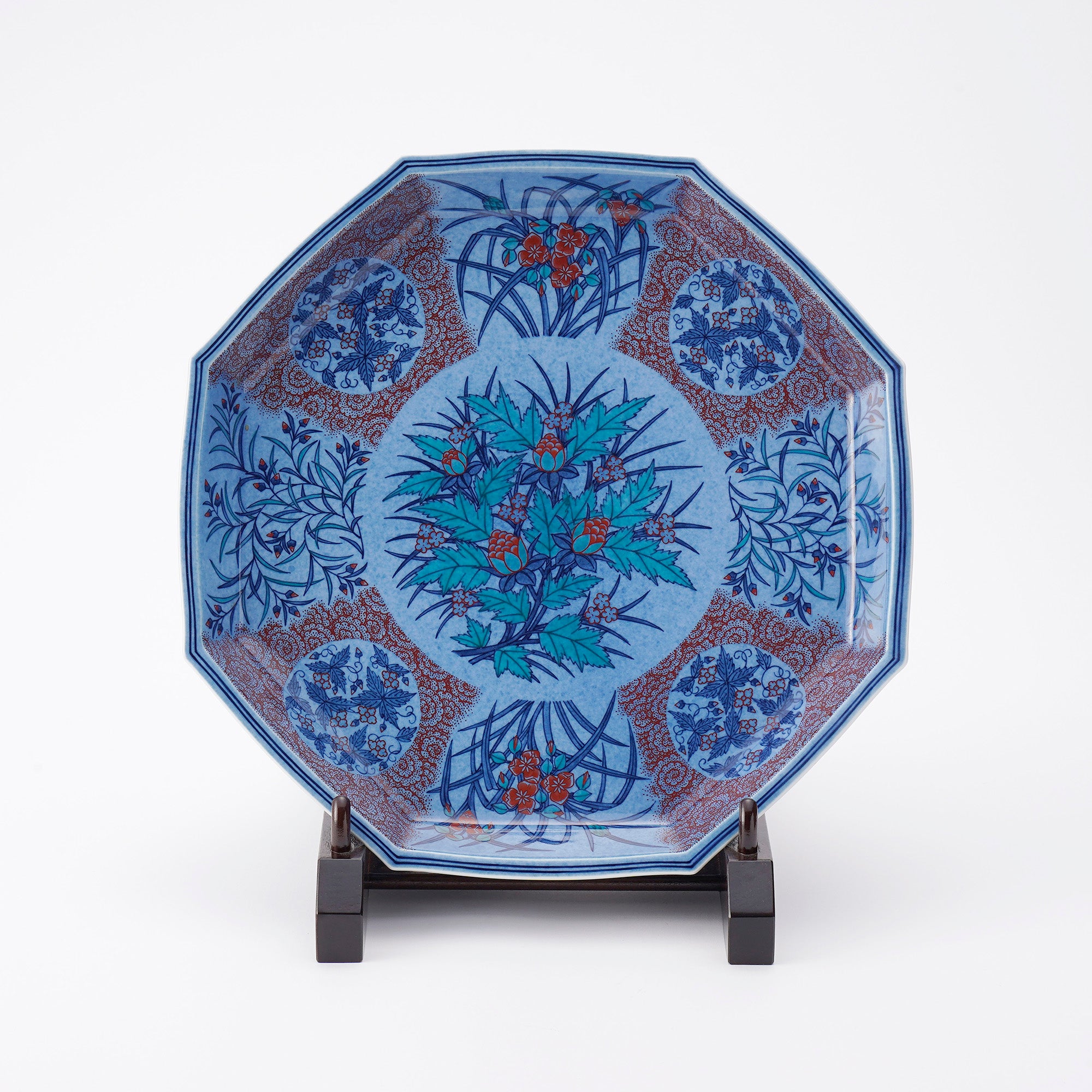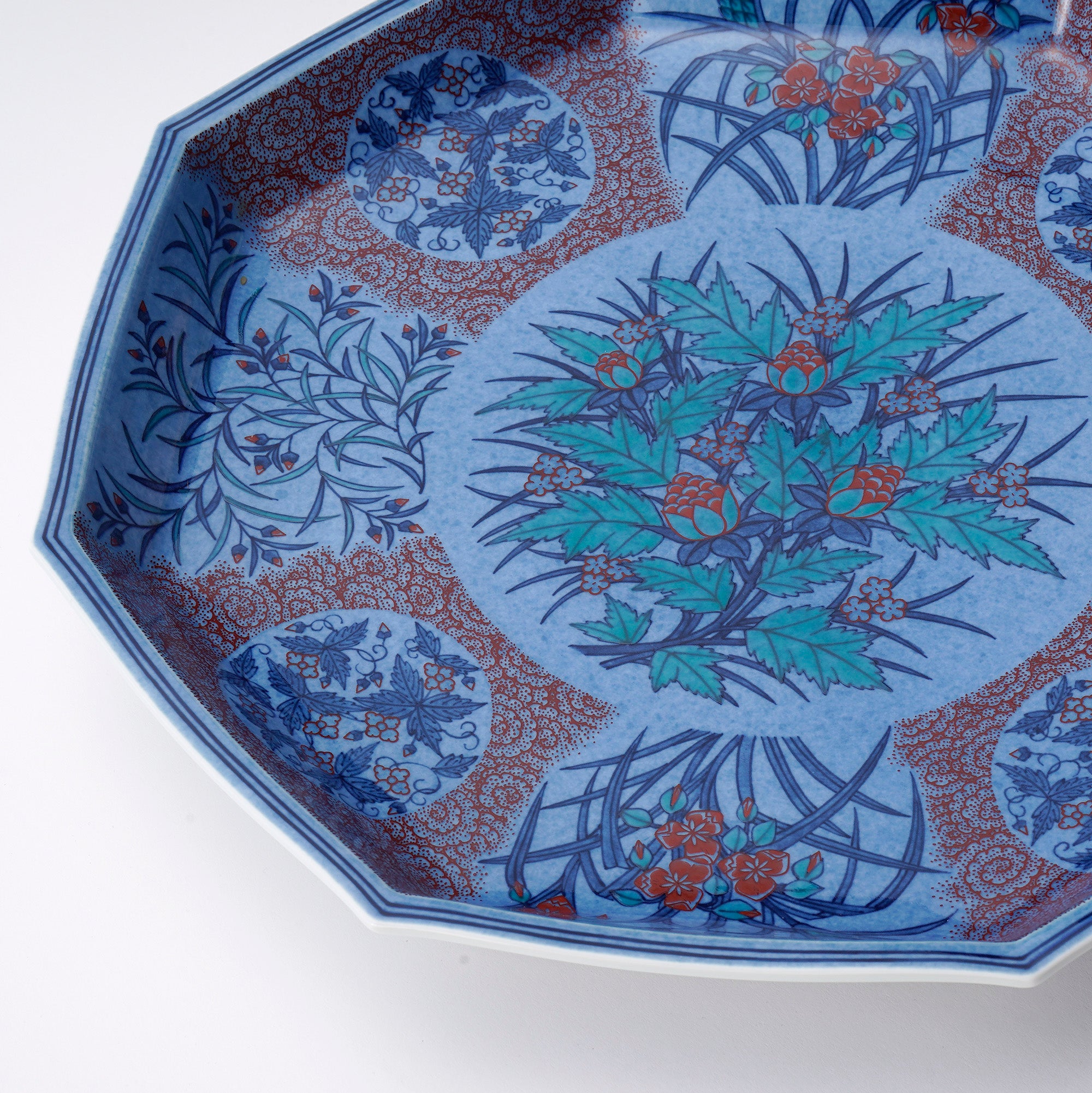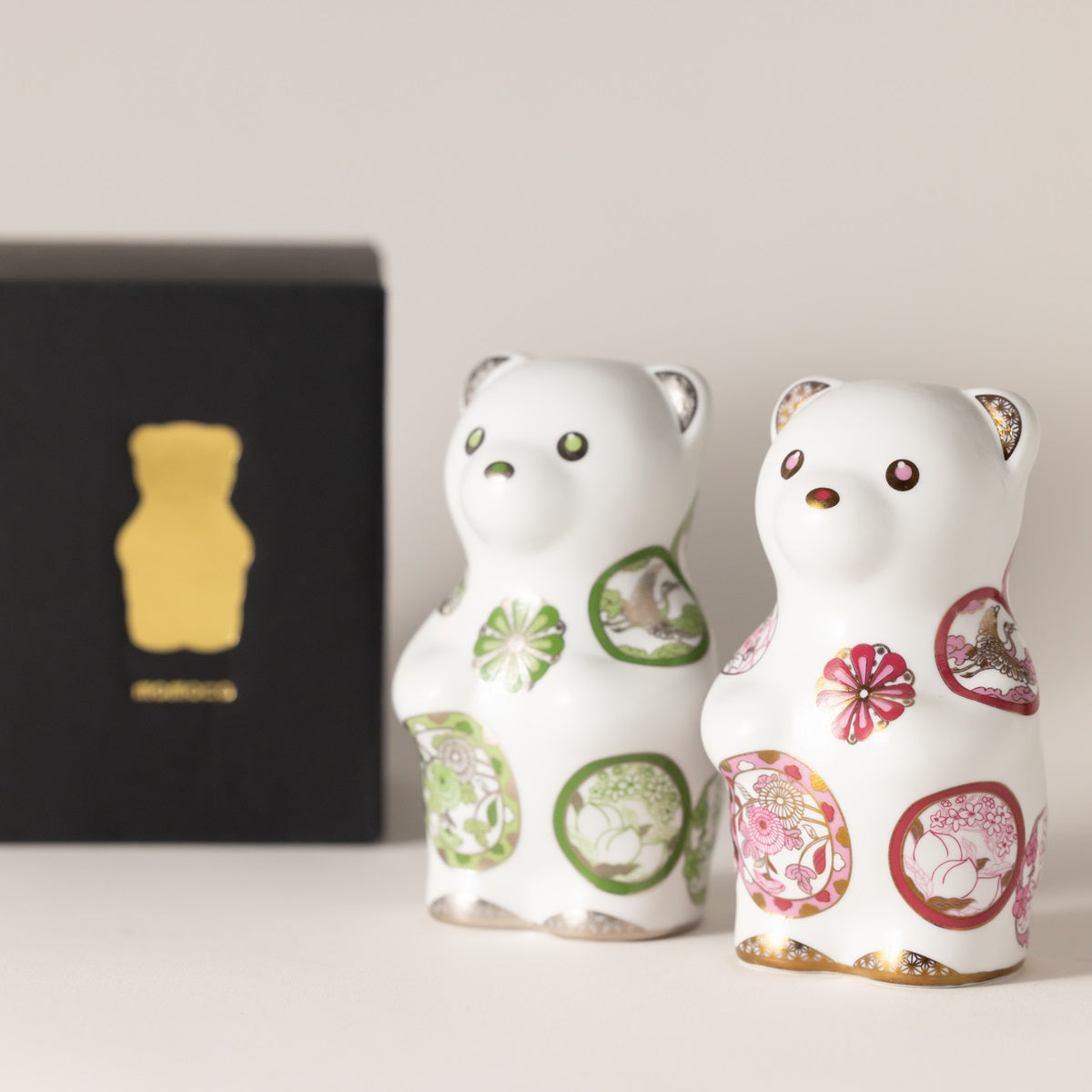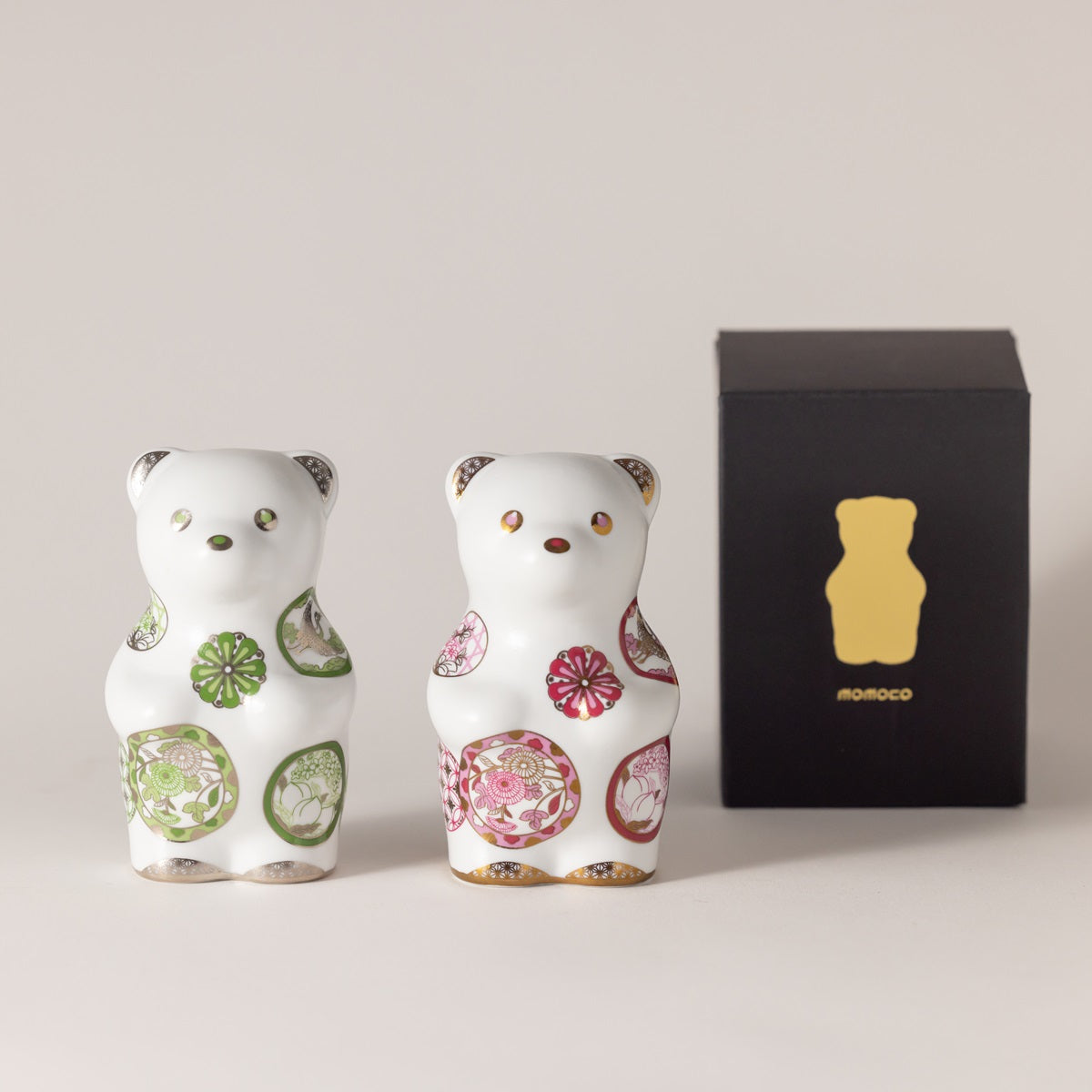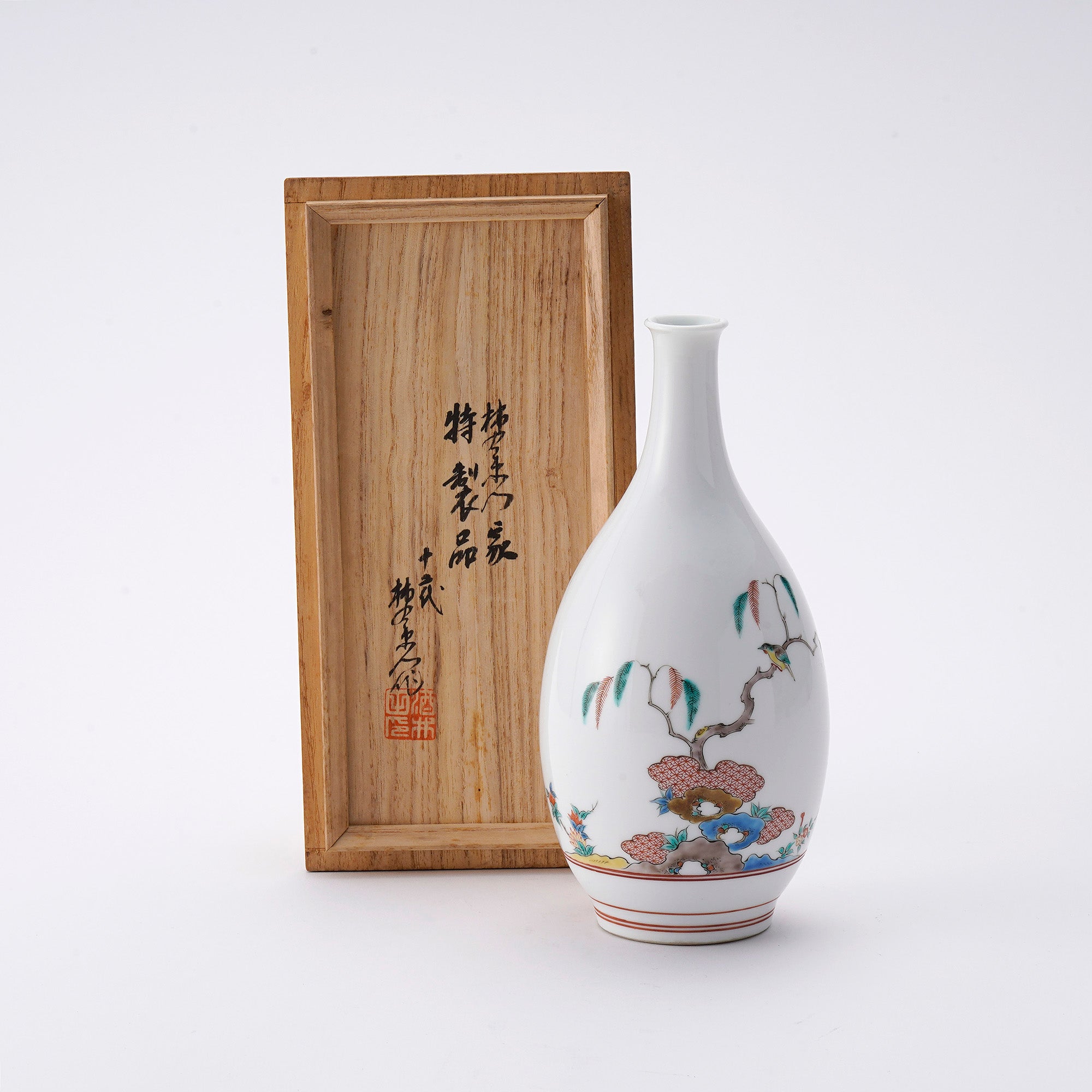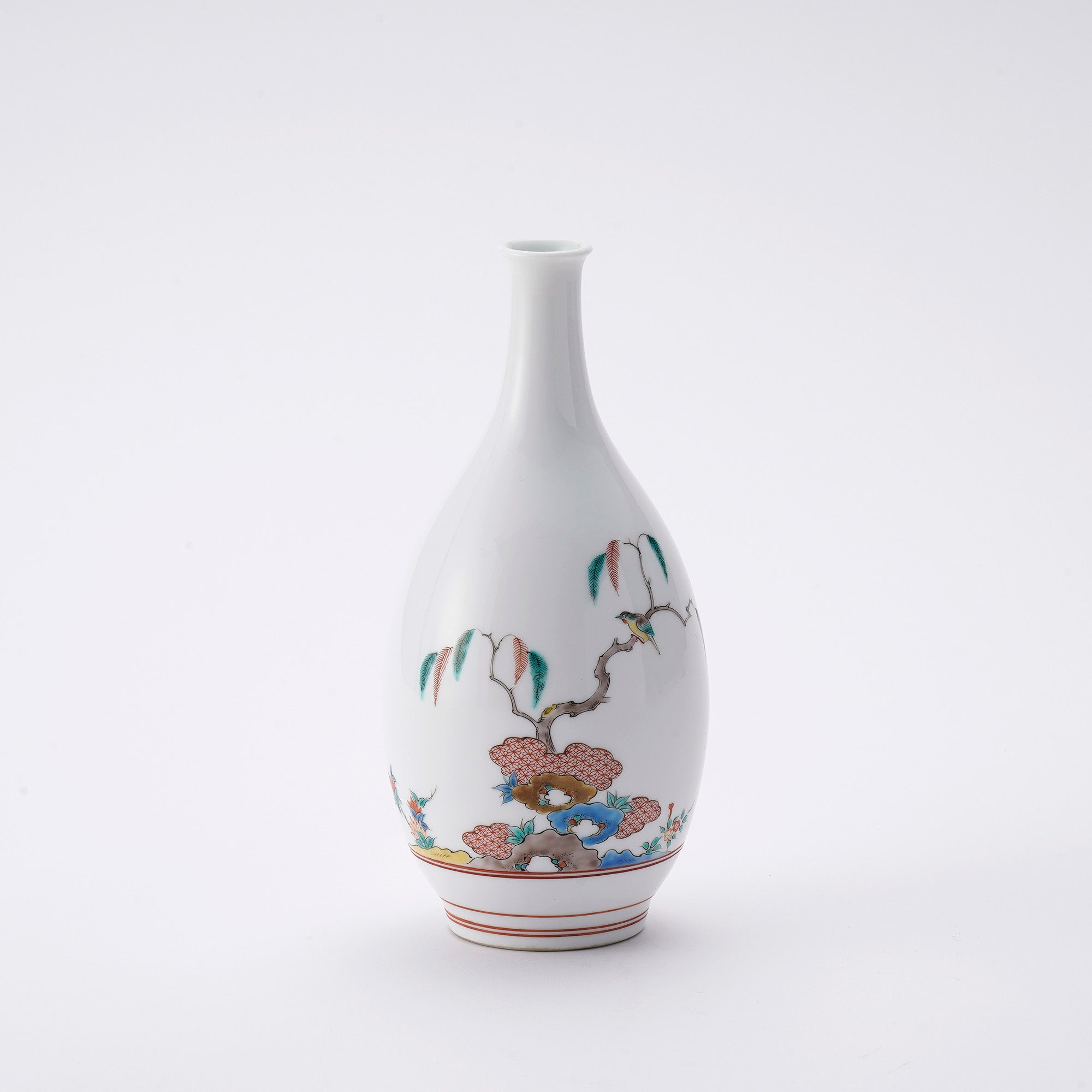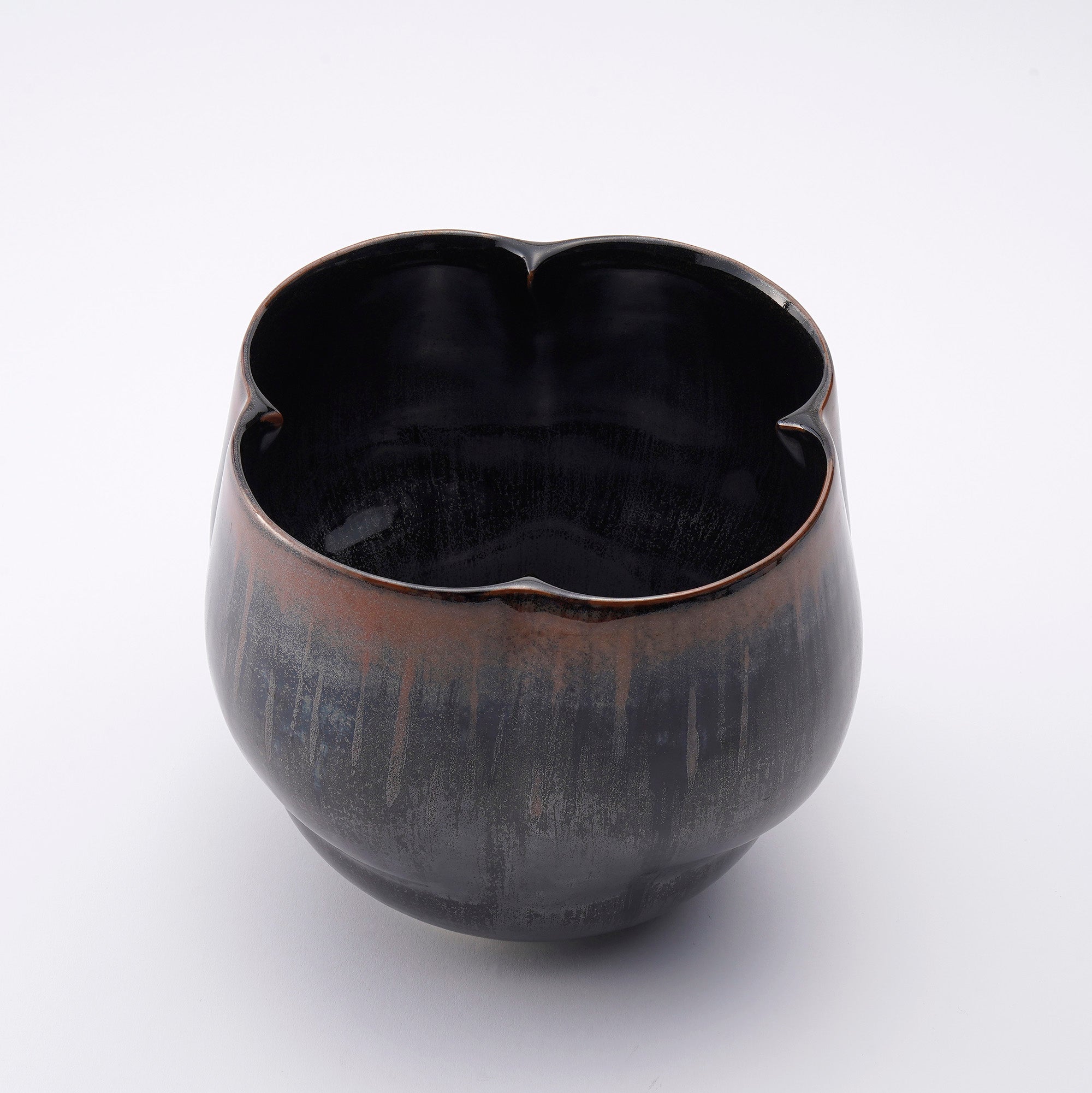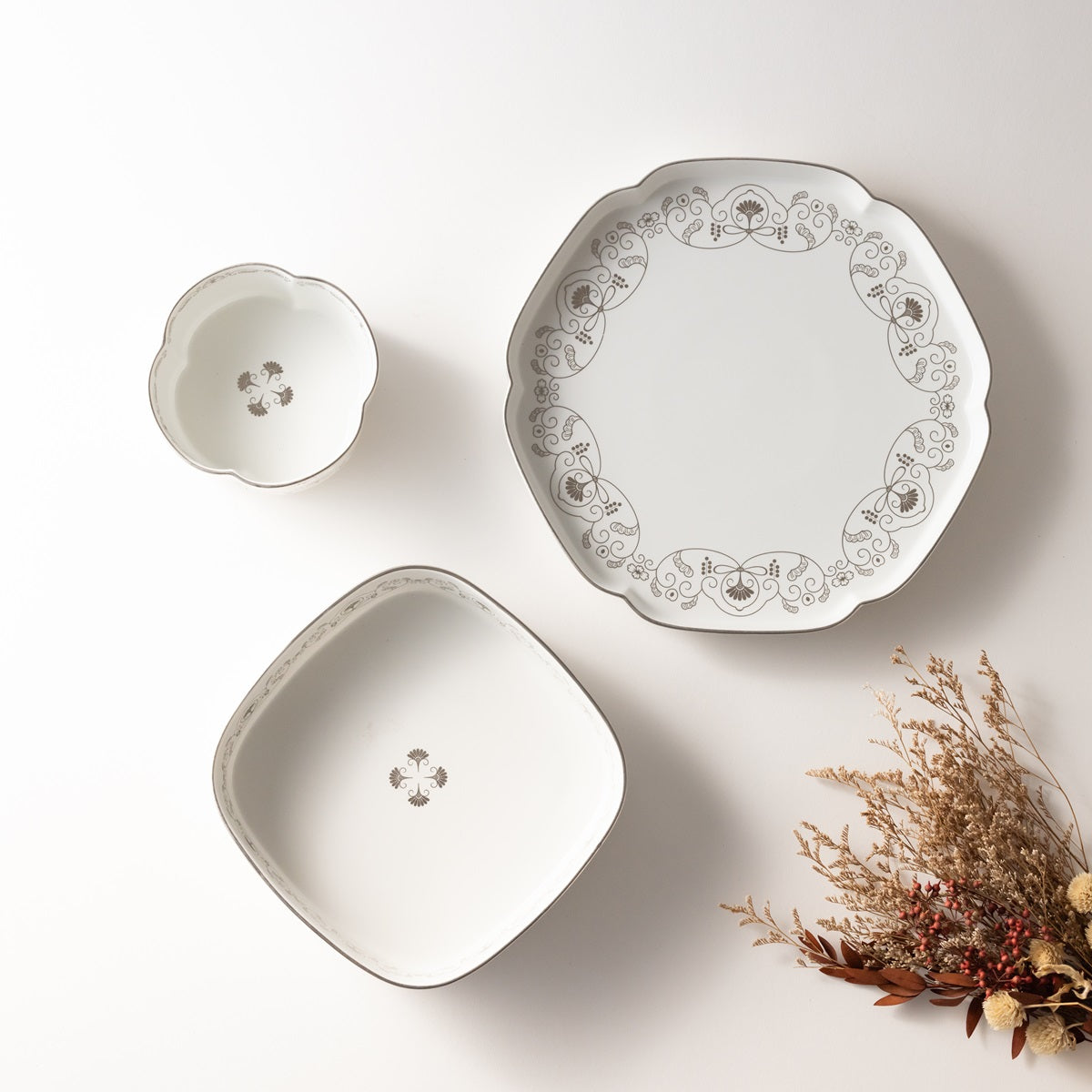Arita porcelain
Arita porcelain - The first porcelain in Japan
Arita ware holds the distinguished title of Japan’s first porcelain, a legacy that began in 1616 when the Korean potter Yi Sam-pyeong unearthed the rare porcelain stones in Arita Town, Saga Prefecture. The "Kakiemon style" of Arita ware was exported to Europe through the Dutch East India Company This captivating artistry soon captured the hearts of Europe, transported by the Dutch East India Company, and became a favored treasure among royalty and nobility. Germany's Meissen and France's Chantilly admired the beauty of Arita ware and incorporated its designs and techniques into their own porcelain, blending Arita's influence with their own porcelain production.
In the latter half of the 17th century, the Nabeshima clan relocated their kilns from Arita to Imari City. There, they dedicated themselves to crafting exquisite pieces meant solely as gifts, known today as “Nabeshima porcelain.”
Simultaneously, a luxurious decorative style called “Kinrande” emerged, characterized by its lavish designs that have transcended time, continuing to inspire and resonate in the world of porcelain artistry to this day.
Arita Porcelain New Items
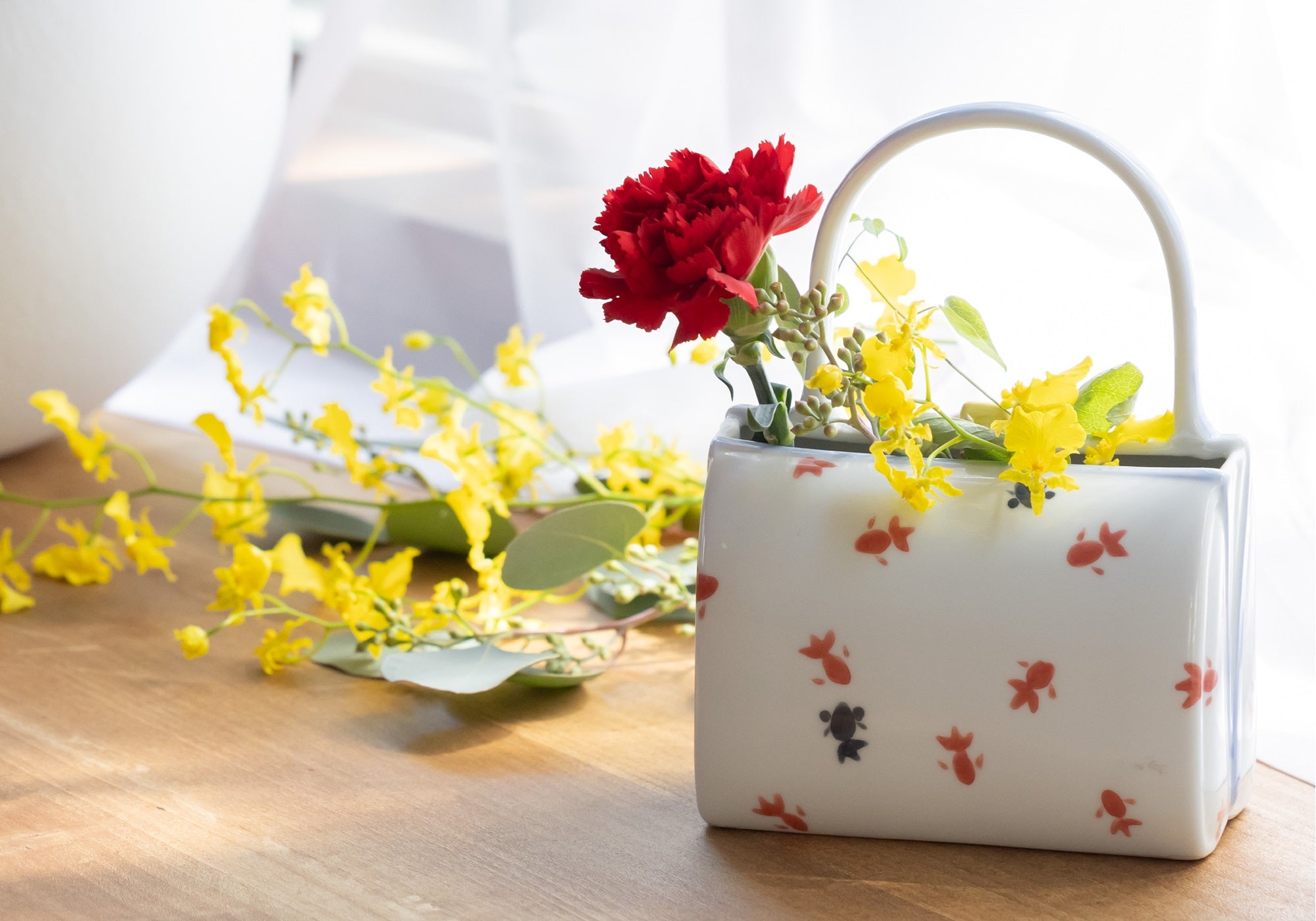
Elegance and refinement
Arita ware, each piece handcrafted with care, features vibrant red designs and indigo blue underglaze on its translucent white surface. Its smooth touch and the clear, melodious ring it makes when lightly tapped with a fingernail are part of its timeless allure.
In Japan, Arita ware graces special occasions and celebrations, where its presence elevates the moment. Tea utensils crafted from Arita ware, cherished in tea ceremonies. These vessels, treasured heirlooms, are passed lovingly from generation to generation.
Arita ware is also a beloved companion to Japanese cuisine, its delicate texture the perfect canvas to showcase the beauty of each dish. Whether cradling sushi or serving sake, these exquisite pieces add a splash of color to the table, highlighting the artistry of the food and infusing the dining experience.
Things to know
Frequently Asked Questions
Arita porcelain has several representative styles, each with its own unique features and charm.
Kakiemon Style: This style values the use of white space to emphasize the beauty of white porcelain, with vibrant red as the central color. Red is the dominant color, but green, yellow, and blue are also used, with red being particularly striking.
Ko-Imari Kinrande Style: This style is known for its lavish and decorative approach, featuring extensive use of gold. It combines gold with red, blue, and green in a luxurious way, giving a rich and ornate impression.
Nabeshima Style: Known for its refined and precise design, this style features beautiful indigo-blue underglaze, often with geometric patterns or abstract designs. While based on indigo, it is accented with red and green, but overall, it maintains a calm and subdued color palette.
Many Arita porcelain pieces are durable and have a strong glaze, making them suitable for use in a dishwasher. However, items with special glazes, especially those with gold or silver decorations or delicate handmade finishes, may be at risk of deterioration or discoloration over time. In such cases, hand washing is recommended.
When caring for Arita porcelain, avoid extreme heat or sudden temperature changes, and clean it gently using lukewarm water with a soft cloth or sponge. Additionally, if a piece is chipped or cracked, there is a traditional Japanese technique called "Kintsugi" used to repair ceramics. This method uses lacquer as an adhesive and finishes with gold or silver powder, giving the piece a new form of beauty. Kintsugi is more than just a repair technique; it breathes new life into the object, making it even more precious

